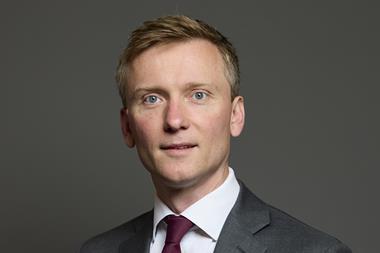Norway’s Financial Supervisory Authority (Finanstilsynet, FSA) said in its latest risk report that pension funds’ solvency ratios improved in the first quarter because higher interest rates cancelled out some of the effect of falling investment values.
The watchdog also said that looking ahead, still higher interest rates – which the market expects – could have a positive effect on solvency for pension institutions and life insurers.
In its June 2022 risk report, the FSA said pension institutions’ solvency position had weakened during 2021, and that there had been a further sight reduction in the solvency ratio of non-life insurers in the first quarter of 2022, to 230%.
In Norway, pensions assets are managed by non-life insurance companies as well as pension funds.
“The rise in interest rates and the decline in international stock markets were among the factors contributing to the substantial reduction in solvency capital during the period,” the authority said.
However, the effect on solvency ratios was partially offset by the fact that the increase in interest rates also pushed down the value of insurance obligations and reduced the solvency capital requirements, the FSA said.
For Norway’s largest 10 pension funds, which report each quarter, the overall solvency ratio increased to 187% in the first quarter of this year, up from 179% at the end of 2021, according to the report.
As was the case for life insurers, there had also been reductions in both the solvency capital and the solvency requirement for these ten pension funds in the first quarter, the FSA said.
Falling share prices had been the main reason for the reduction in solvency capital, it said, but added that due to a decline in the value of insurance obligations – reflecting the rise in interest rates and a reduction in the solvency capital requirement for equity risk – total solvency for pension funds had nevertheless improved in the first quarter.
Looking ahead, the FSA said higher interest rates could have a positive effect on solvency.
A rapid economic recovery in several countries and a sharp rise in inflation had contributed to higher policy rates and expectations of further interest rate increases in the period ahead, the supervisory authority said in the report.
“For pension institutions with a large share of guaranteed liabilities, higher interest rates will in principle have a positive effect on their solvency position,” it said.
Higher interest rates helped reduce the present value of the liabilities taken on by the institutions through their guaranteed rates of return to policyholders, according to the report.
Life insurers’ assets had a considerably lower duration than their liabilities, the FSA said, adding that this meant changes in the interest rate level could have a major impact on their solvency ratios.
At the end of last year, the average duration of the firms’ bond portfolios and liabilities – excluding unit-linked contracts – was four and 14 years, respectively, it said.
“When interest rates rise, such a duration gap alone will cause a steeper fall in the present value of the liabilities than in the value of the assets, which will have a positive effect on solvency ratios,” the Norwegian FSA said.
Read the digital edition of IPE’s latest magazine





















No comments yet